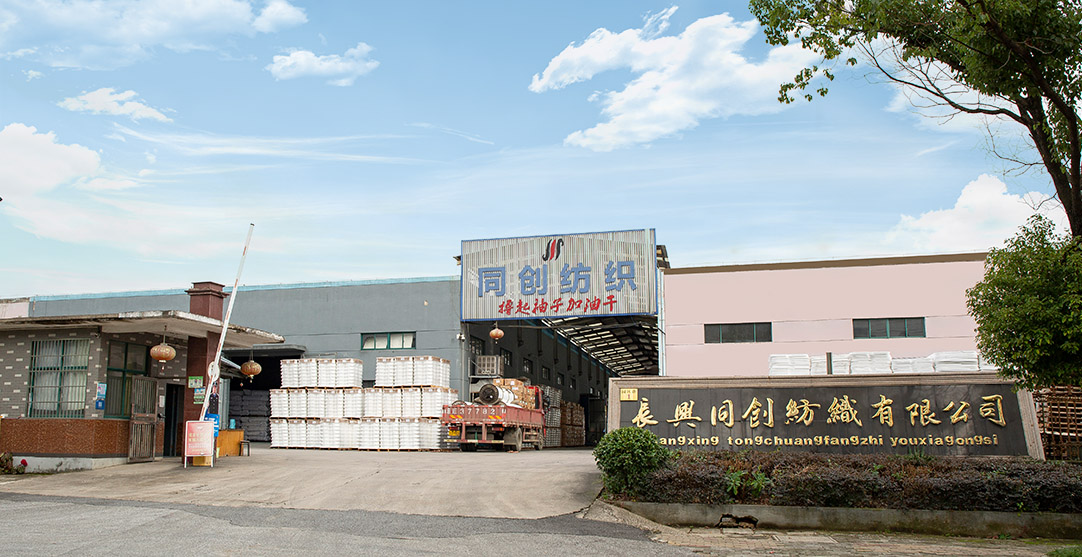News Center
We have been trying to improve our image as a model in domestic textile enterprises and a leader in the global textile market, and strive to be a pioneer in the industry and contribute to society with reliable quality and valuable service.
Learn More-
16
MayIndustry News
What occasions is matte satin fabric suitable for?
When it comes to choosing the perfect fabric for a special occasion outfit, matte satin fabric is a ...
More -
10
MayIndustry News
Why has all-polyester oiled satin fabric become a must-have item for fashionistas everywhere?
Are you ready to add a touch of elegance and luxury to your wardrobe? Look no further, because the a...
More -
30
AprIndustry News
Why is brushed fabric a must-have item this fall?
As the leaves start to change and the air gets crisper, it's time to cozy up in style with the ultim...
More -
26
AprIndustry News
What is the charm of polyester wax fabric?
The fashion world is always evolving, and one of its new favorites, polyester wax fabric, is conquer...
More

 English
English 中文简体
中文简体 عربى
عربى Español
Español






.jpg?imageView2/2/format/jp2)

